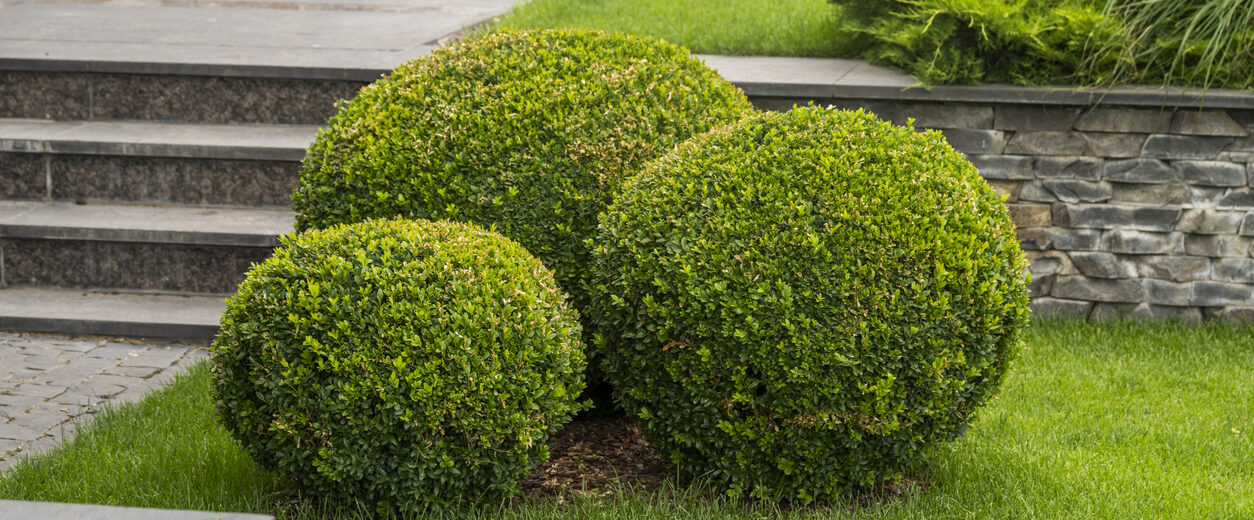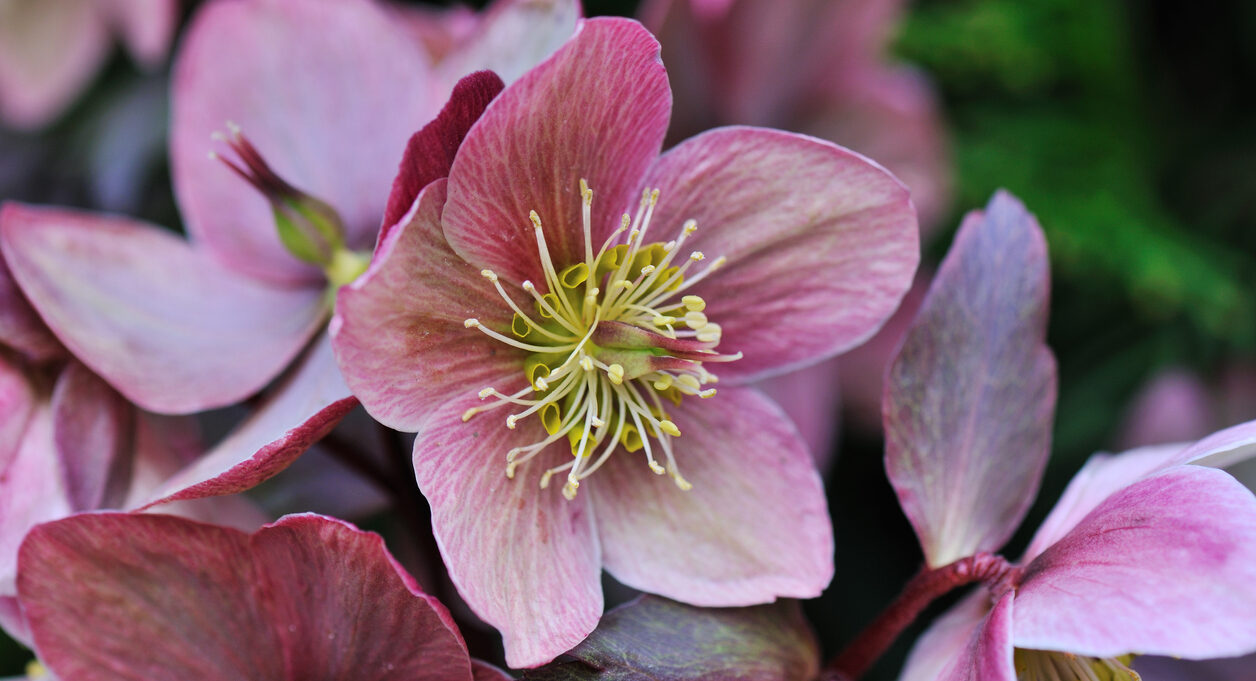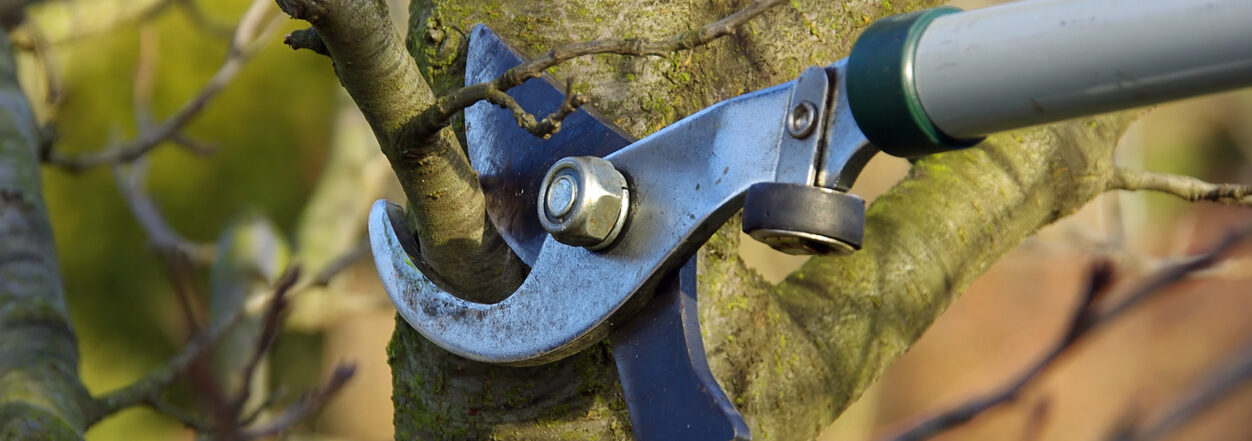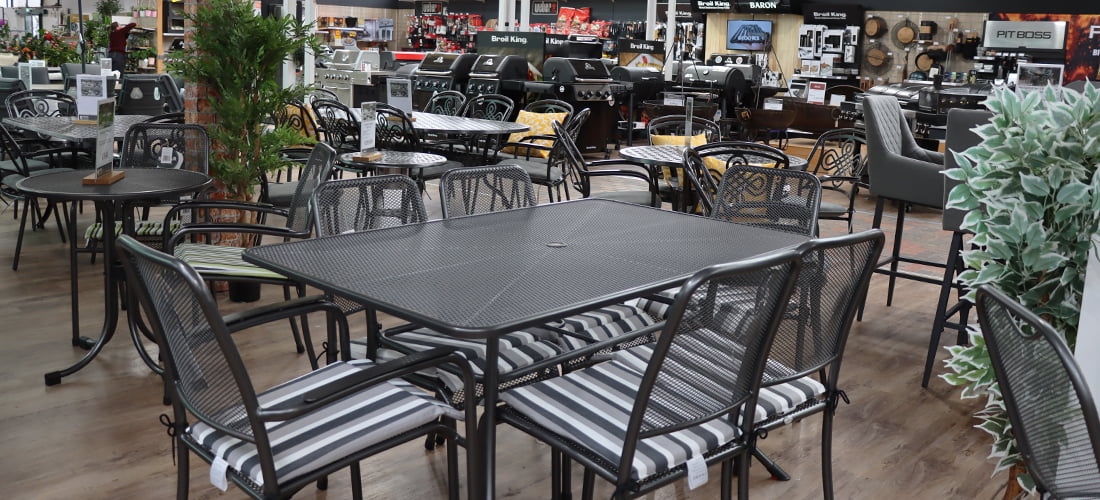Gardening in winter is all about snuggling up on the sofa, enjoying the view from the windows over a frosted garden, while perusing online plant sites and planning for the gardening year ahead while drinking warming cups of tea and wearing thick woollen socks. When the weather brings a bright crisp day venturing out for long walks wearing those woolly socks, boots and a big coat to enjoy the fresh air and coming home with pink cheeks for hot buttered crumpets.
Plan for the Year Ahead

The events of recent years have shown us that our outdoor space is a precious commodity and its essential to make the most of what we have, so to plan for the year ahead there are a couple of points you could consider:
- Layout: Are you happy with the current layout? Can you find space for a pond? Does it suit the needs of all your household? Is there space for composting? Is it possible to harvest rainwater into water butts? While many plants are dormant and you can see the bones of the garden it’s a good time to think about any changes you may want to make. Map out your garden on squared paper to keep it roughly to scale and try out different ideas on overlays or tracing paper.
- Test Your Soil: Do you know what type of soil you have? It is a waste of money purchasing plants that don’t like the type of soil you have in your garden; soil testing kits are readily available and easy to use. With your knowledge you can make informed choices that will ensure new plants thrive.
- Spruce it Up: Sometimes all a tired garden needs is a quick make over and a wash and brush up. Jet wash paths and patios (although take care over any areas with loose stones or mortar). Give the shed, fence and any wooden garden furniture a fresh coat of exterior paint for instant pzazz. Add some colourful pots and plant up with winter bedding, spring bulbs or more permanent shrubs and perennials.
Topiary and Structural Planting

If you are looking out of your window and thinking there is nothing to see in your garden on a cold frosty morning then what you need are structural plants. Trees both evergreen and deciduous provide structure and privacy within the garden. There are trees to suit every size of garden including patio fruit trees which can be planted in a container if you are really limited on space.
Next consider smaller structural elements such as topiary and evergreen shrubs, which not only give you a structure to build your garden around, they provide shelter for many types of wildlife. Topiary adds a decorative low maintenance element as either a focal point or as a way to define or divide different areas of the garden through low hedging. They are also wonderful in pairs to frame a door or path.
Larger evergreen shrubs, particularly towards the back of borders, help to blur boundaries into the landscape beyond. They act as filters to reduce the damaging force of the wind, they shelter wildlife and they create a back drop against which other plants will shine throughout the rest of the year.
Support Wildlife

There are so many wildlife friendly changes that are easy to make to help a wide variety of creatures. If your garden lacks nectar for pollinators that emerge on sunny days in winter to forage try: beautiful hellebores, snowdrop, aconite and crocus bulbs, mahonia shrubs or Clematis cirrhosa, an evergreen climber which has scented flowers from Christmas until March.

Remember to melt ice in bird baths and a hole in the ice of ponds and feed birds with high energy fat balls to help them get through the worst of the weather. Put up bird boxes to give birds somewhere to roost in bad weather and chance to decide if they like it for nesting in spring.
Hedgehogs and birds won’t frequent your garden if there are few insects so leave an area of the garden untidy such as a log pile or leaf pile for overwintering hedgehogs, reptiles and minibeasts. Or you could make a winter project of creating a bug hotel with lodging at the bottom for hedgehogs.
Winter Pruning

While deciduous trees and bushes are dormant in winter it is the ideal time to prune them as you can see the structure of the plant and have better access to the branches. The main purpose of winter pruning is to remove dead or diseased stems, reduce the size of a plant and promote vigorous growth. Use appropriate sharp tools such as secateurs for thinner stems (thickness of your little finger, loppers for thicker stems (up to thumb thickness) and pruning saws for anything larger.
Always begin by removing dead or diseased stems and any stems which are crossing and rubbing against each other. Cut back to an outward facing bud to encourage an open shape. Cut back weaker stems harder to encourage vigorous replacement growth. The general rule is to try not to cut out more than a third of the plant in any one year but it is worth looking up individual plants to check their requirements first.
Other than ramblers and climbing roses, most roses are pruned towards the end of winter before they burst into new growth, along with colourful stemmed cornus and hydrangeas. Late winter is also the perfect time to begin tidying up all the herbaceous perennials and grasses that were left for winter structure and to clear space ready for bulbs and spring flowering plants to start their show. Be careful not to cut the tips of new season growth of perennials when tidying up.
Do not winter prune evergreens, spring flowering shrubs (wait until after they have flowered) and stone fruits such as cherries and plums but also ornamental cherries; these are prone to silver leaf disease which can infect trees through pruning cuts in autumn and winter.
By our resident horticultural expert








